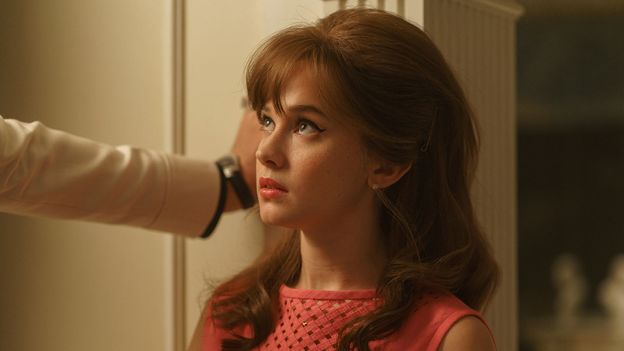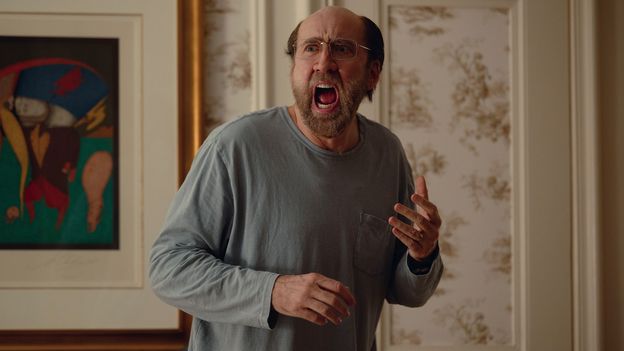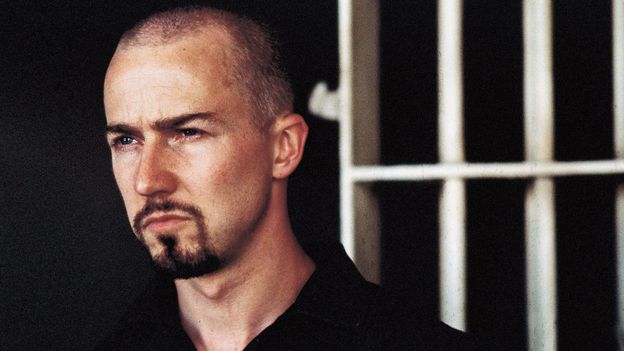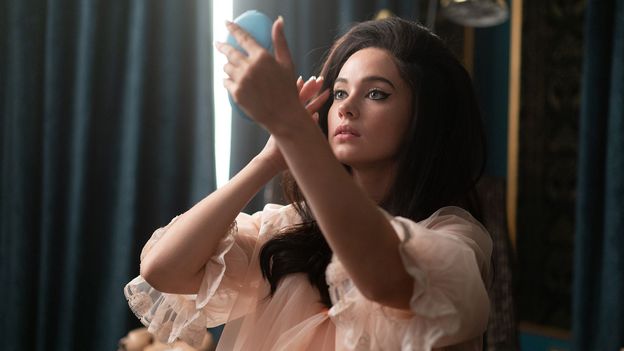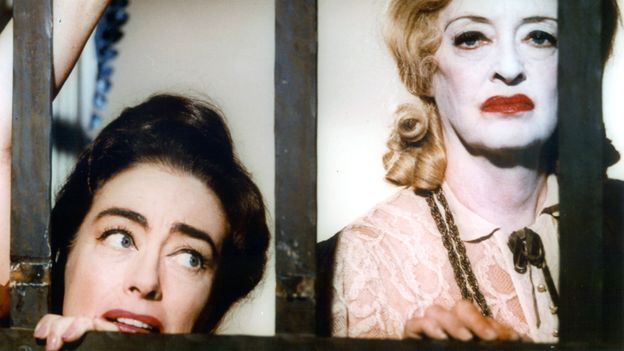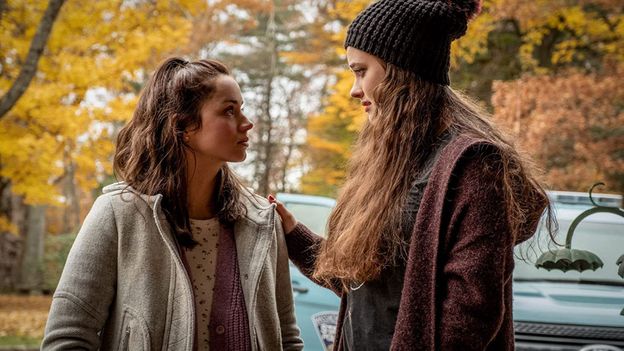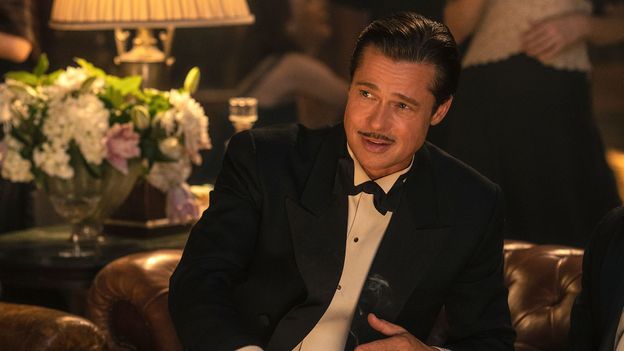In both films, Amirpour uses violence to liberate her female protagonists from the danger men may, in real life, otherwise represent. “With my storytelling, I want to enter into a dream world, a fantasy,” Amirpour tells BBC Culture. “The thing I’m looking for in all my movies is to find freedom, to constantly define freedom – it’s not just one thing – to go after it, then deconstruct it.”
Ti West and Mia Goth’s horror film Pearl, out now in cinemas in the US, captures a different kind of female empowerment through violence; set in 1918, it stars Goth (who co-wrote the script alongside director West) as the titular anti-heroine, a young woman who spies a way out of her stifling existence nursing her catatonic father under the watchful eye of her domineering mother. Pearl hankers after stardom and when a regional revue competition arrives in town, she is willing to put an end to anyone who gets in the way of her ambitions – and we root for her all the way.
Elsewhere, female violence on screen is depicted as a means of dispelling still-entrenched notions around women’s fragility and weakness by portraying them as anything but. The incredulity at the idea of female brutality that met McGehee and Siegel’s Lord of the Flies project encouraged screenwriter Ashley Lyle to prove sceptics wrong with her series, Yellowjackets, whose first season featured poisoning, guns and even (suggested) cannibalism in depicting the aftermath of a plane crash that maroons a girls’ soccer team in a forest. While these conditions are extreme, by skipping also between the girls’ future lives as adults and flashbacks to their pre-crash teenagerhood, Lyle makes a convincing case for the brutality women are capable of, whatever the situation. Yellowjackets has been a huge commercial success, becoming Showtime’s second most-streamed show in its history. Lyle has pinned its popularity on the way it encapsulates a certain mood, telling Indiewire: “There was something about coming toward the end of the lockdown stage of the quarantine and everybody hitting an exhaustion point – maybe people wanted an outlet for their discomfort with the world around them or for their anger or their feelings of dread.”
Getting even
“We have seen depictions of women in groups ‘going feral’, but perhaps the difference is that kind of media has often been hidden,” Janice Loreck, author of Violent Women in Contemporary Cinema, tells BBC Culture. “It’s B-grade cinema and it’s not mainstream or popular.”
The low-budget, lurid “exploitation” movies of the 1960s and 70s, an umbrella genre which capitalised on sensationalism and controversy to rake in profit, were the first cinematic movements to focus on female brutality. It was often an excuse to marry gratuitous nudity with graphic violence, seen through what feminist theorists have termed the “male gaze” – the perspective of heterosexual men. In Caged Heat (1974), supposedly criminal, “renegade” women are imprisoned and subject to the rape and abuse of a callous doctor (Warren Miller). Foxy Brown’s (1974) protagonist (Pam Grier) only turns to violence when her boyfriend is murdered; in the process of seeking revenge, she is drugged, raped and nearly sold into sex slavery. Female violence was either portrayed as exceptional or explained away as a product of male control, as in Cannibal Girls (1973) where the actions of flesh-hungry women are orchestrated by a rogue reverend. While links have been drawn between the “blaxploitation” genre and the Black Power Movement, with Pam Grier particularly hailed as a cinematic icon, and women occasionally have power in such films, they are, in equal measure, on the receiving end of exploitation for the pleasure of certain male viewers.




